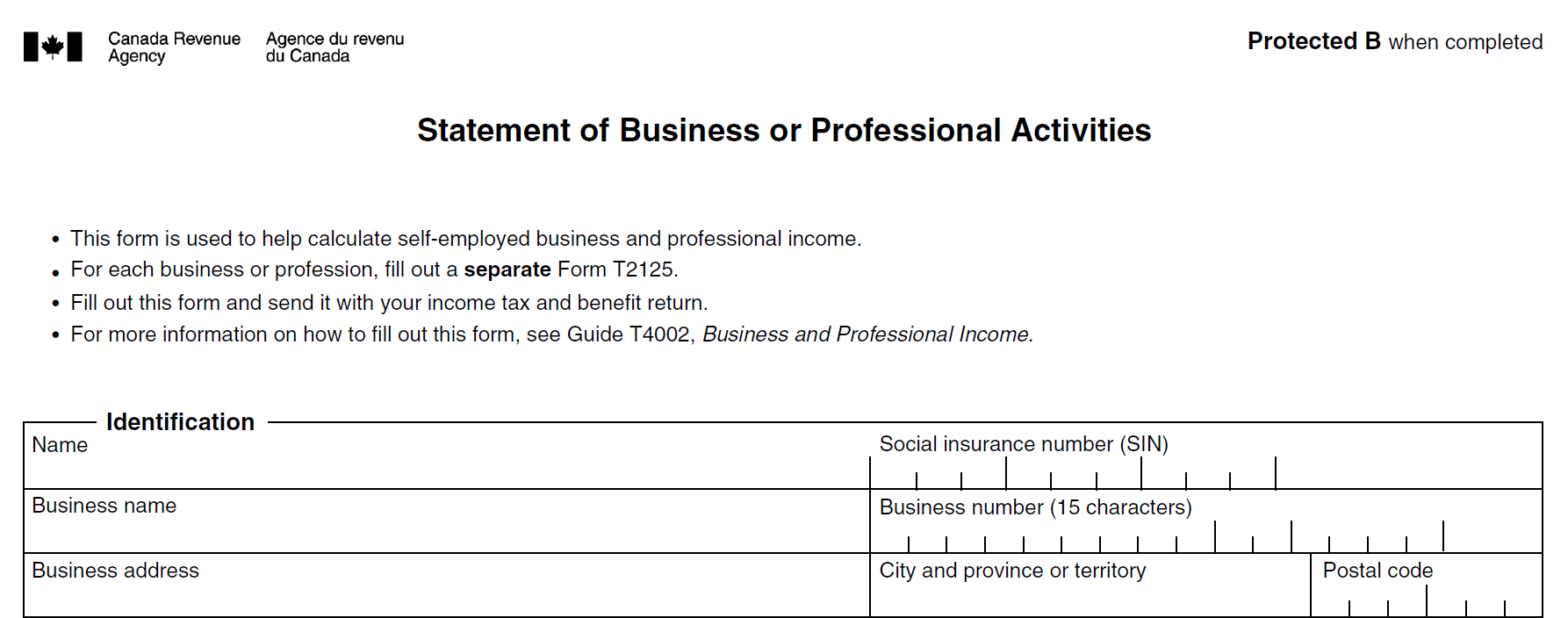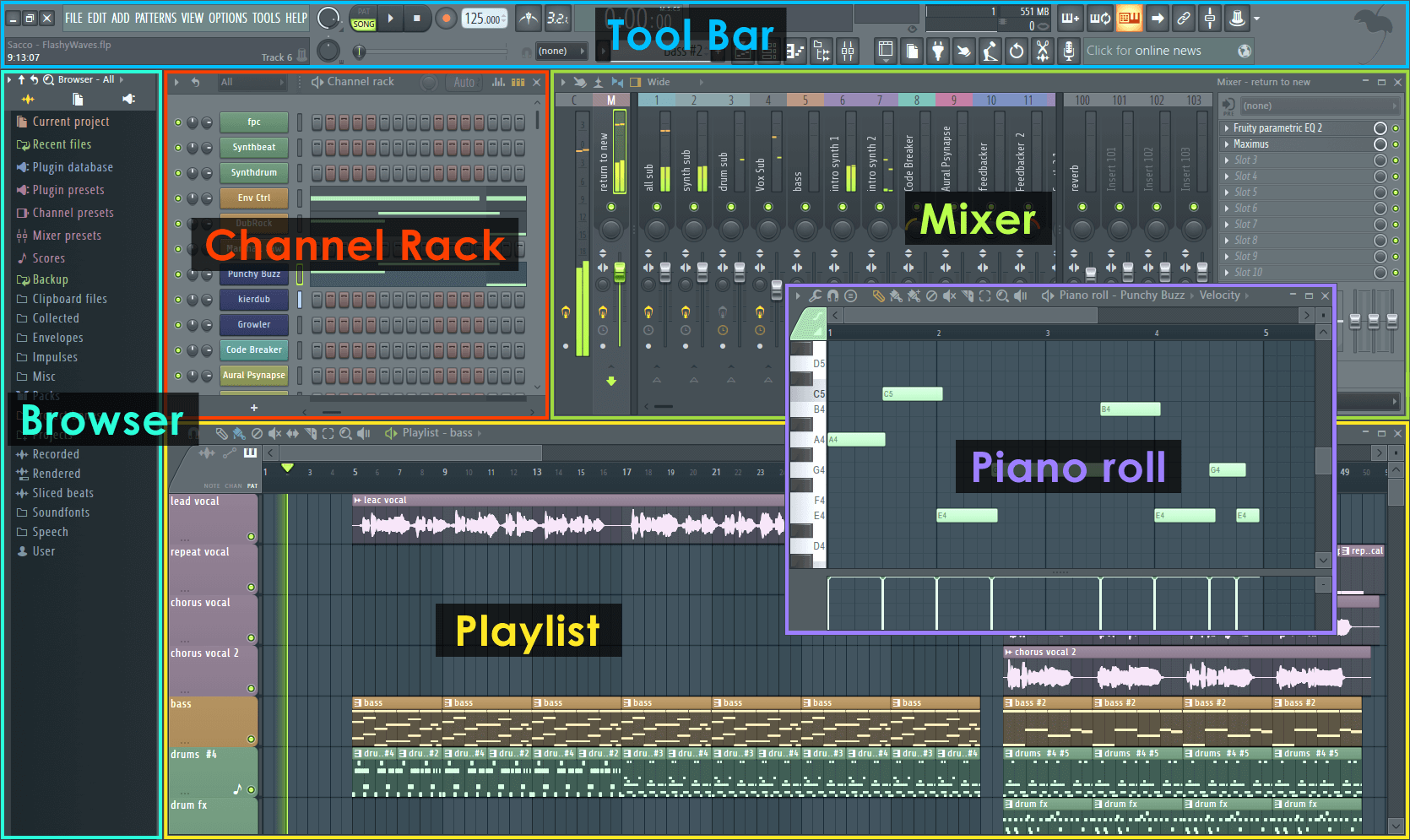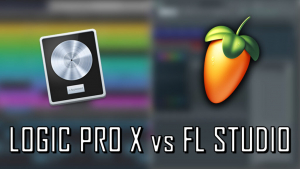Displaying items by tag: home
Starting a Successful Small Business From Your Home
Believe it or not but it has become relatively easy to start your business, supplement your current income and manage your taxes all under one roof. You don't need to have special accounting skills and you won't need a lawyer or notary unless the type of business services you intend to offer to require it.
The earlier you start the better! This is especially true if you're old enough to legally start working, which in Canada is 14 years old in some provinces. The advantage is that since we are all dependent on the Internet and our smartphones for day-to-day personal business, by running a home business your telecommunications bills can count as a business deduction, along with certain utilities you pay monthly in your home that you would need to run your business, (i.e. electricity, heating, transportation ... ).
Let's get started!
1. Create a business idea

This is where we start! Everyone has an idea of what they're really good at. Maybe you like to cook, draw or do art, play music, do gardening or lawn care, wash windows... whatever it is, you can turn that talent, passion, or part-time hobby into a full-time work-from-home business that you can grow as you need! Don't be shy about getting into business for yourself. This is something I wished more schools would teach kids to do, but hopefully, this trend will catch on and many of you can benefit from this information!
You'll need an idea to start with. If you're not sure what to do, here's a list of ideas that might help get you started.
| handyman | woodworker | online dating consultant | sewing alterations specialist |
| freelance developer | personal trainer | graphic designer | life/career coach |
| translator | freelance writer | resumé writer | garden designer |
| e-commerce store owner | landscaper | photographer | videographer |
| wedding planner/consultant | elementary school tutor | dog walker | house or office cleaner |
| delivery/courier driver | data entry specialist | personal chef | pet groomer |
| YouTube content creator | artist/musician | vacation host | voice over artist |
| website hosting/designer | candy maker | artisanal crafts | home staging |
2. Write a business plan

This will be your bible/survivor's guide. Regardless of how big or small your idea is, writing a business plan will help you keep your ideas on target and in one place. If eventually your business idea grows and you want additional financing, having a well-prepared business plan makes it easier for banks and investors to want to work with you. There are many sites that offer this service, such as Idea Buddy.
3. Pick your business type and industry code

Because we want to do things right and not have any problems come tax filing time, it is important that the business idea you wish to grow is listed in the Industry Code database of your tax services. Here in Canada, the Canada Revenue Agency has a searchable database that will give you the code for the business you wish to create.
Unless your idea is well supported and funded, you might not see any real profit for the first 3 years of operation. If you're not making more than $30,000 in your business year it is not required for you to open a business tax number or account. All you need is your current personal tax information and a separate bank account that you can use for business transactions only.
4. Register an internet domain name and hosting service

The next step is to secure an internet presence for your business. Even if you don't have a website, you can still have an email address that you can make use of, and it looks professional. Not to mention, you need to get all your business info for Google and other search engines to index correctly. Sites like GoDaddy are good for this service.
5. Create your social media accounts

Don't use your personal accounts for this. Facebook lets you create a business page from your personal account, but the idea is to keep your name branding constant and consistent on all your social media platforms. Don't worry if the name you preferred to use is taken. There are ways to compensate for this using some SEO on your website and Google account.
At a minimum you'll need to create accounts for:
| Service | Description |
| Gmail, YouTube, Analytics, Webmaster Tools, Tag Manager, Cloud Console, My Business, Maps, Meet | |
| Microsoft | Outlook, Office365, Bing Webmaster Tools |
| Business Page, Debugger, Social Plugins, Developer Apps | |
| Business Page | |
| Business Page | |
| Tiktok | Business Account |
6. Use an expense calculator app to track your purchases
![]()
Whatever you buy for your business you'll need to start keeping receipts and track of your spending. Get a good app like QuickBooks Self-Employed. It will allow you to scan your receipts and organize them according to your purchases. If you have a car it will also keep track of your mileage which you can then deduct on your income tax forms as a business expense.
7. Use a good online tax preparation software

Once you get familiar with good tax software, when tax time comes each year it won't be a headache for you anymore! There are many online solutions available at no cost! You don't need to be a rocket scientist to know how much you made and how much you spent and how to fill in the little boxes. Kindergarten stuff these days!
So what are you waiting for? Get those ideas flowing and let's get your home business up and running today!
Sources:
- https://ideabuddy.com/
- https://blog.hubspot.com/sales/small-business-ideas
- https://www.canada.ca/en/revenue-agency/services/tax/businesses/topics/sole-proprietorships-partnerships/report-business-income-expenses/industry-codes.html
- https://ca.godaddy.com/
- https://buffer.com/library/social-media-management-tools/
- https://fitsmallbusiness.com/quickbooks-online-comparison/
- https://www.nerdwallet.com/article/taxes/best-tax-software
Choosing The Right DAW For Your Music Projects
By now I'm sure you've heard all the fuss about creating music projects on a computer.
Well, today creating digital audio projects on your handheld device or computer has become affordable and easy to do!
If you're going to take this seriously, I highly recommend investing in some proper gear first. I'll write a separate article on some good recommendations for this, but for now, let's start with a few programs you can use right away without breaking the bank!
A DAW or Digital Audio Workstation is an application that acts as a multitrack recording device. This is the equivalent of having a band, orchestra, and recording studio all in one box.
GarageBand for Mac
I'll start with the goodies for Mac users like myself. The main reason why I prefer the Mac system over Windows/PC is due to the media tools that come standard with Mac, and its framework which is built on UNIX. This offers far superior abilities than the default Windows counterpart.
GarageBand is the default DAW for Mac and it has many instruments and sound effects that can be used right out of the box. You also have the option to download extra sounds clips and instruments to enhance your workstation.

The screenshot you see here is a simple GarageBand project with 5 tracks. The tracks can contain MIDI data (in green) or sampled sounds (in blue). There are plenty of different styles of music, special effects, and instruments you can choose from. It's a simple as dragging and dropping items into place and with a bit of practice, you'll have a decent sounding tune in no time!
Logic Pro for Mac
Did you know you can get a 90-day free trial of Logic Pro for your Mac? Simply go to the Logic Pro 90-day Trial page on Apple's website and download the link on the page, install and you're good to go!

As you can see, the interface is similar to that of GarageBand, but that's about where the similarities end. Logic Pro has a much-improved soundbank library and comes with many utilities that can be used for professional audio production.
I must say that I was quite impressed with the difference in the quality of the orchestral sounds with Logic Pro vs. GarageBand. The above image shows a screen capture of the notation format available, which shows all the sheet music for the instruments being played. In this case, it's a MIDI file of Beethoven's 5th Piano Concerto (in Eb). This in itself deserves a separate blog, but for now, you can rest assured that if you want to expand your piano playing experience with a full orchestra, this is certainly a very affordable and feasible way to do it!
FL Studio for Mac/PC
Finally, the last DAW I will showcase today is FL Studio (formerly Fruity Loops). If you like hip-hop and mixing beats, this is THE DAW for you!

There are literally thousands of virtual instruments sound samples that can be used with it. The interface is easy to navigate once you spend a few minutes with it. The default instrument set and plugins will keep you busy and creative for sure. There's also a version you can use on your mobile device, FL Studio Moblie. Try it out!


There are also some great YouTube channels that have FL Studio experts providing helpful composition and audio mastering advice. One person I recommend is In The Mix with Michael Wynne on YouTube.
Now of course there are many other DAWs to choose from. You can do some digging on your own and come up with names like Cubase and Abelton Live, but since I have not used either and they're kind of pricey, I'll just stick to what I know and trust!
In the coming days, I will share with you some practical examples of using a DAW as a band practice buddy. Who knows, just in case there's another lockdown it will be reassuring to know I'll have something to keep me entertained and sane with... lol.
References:





